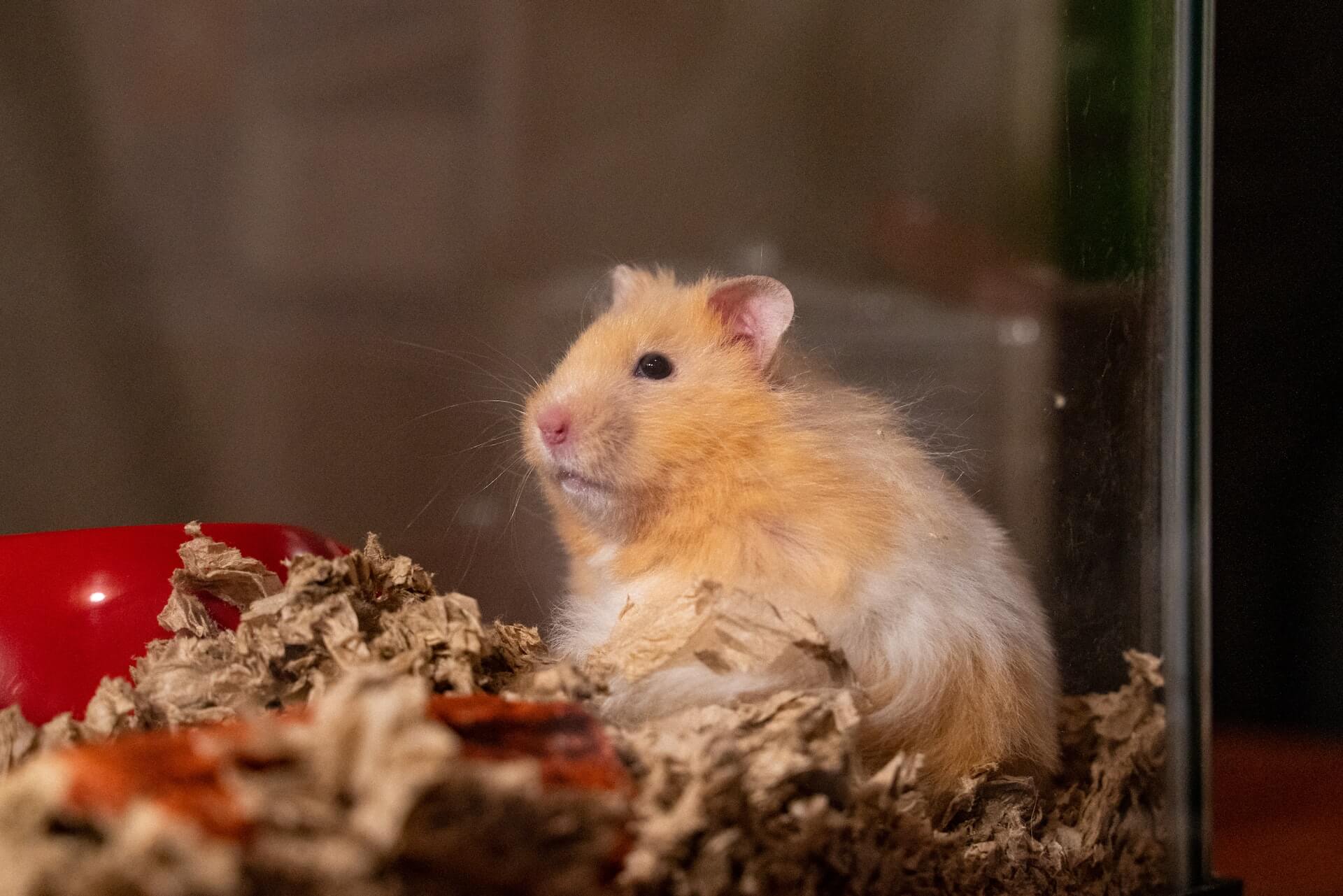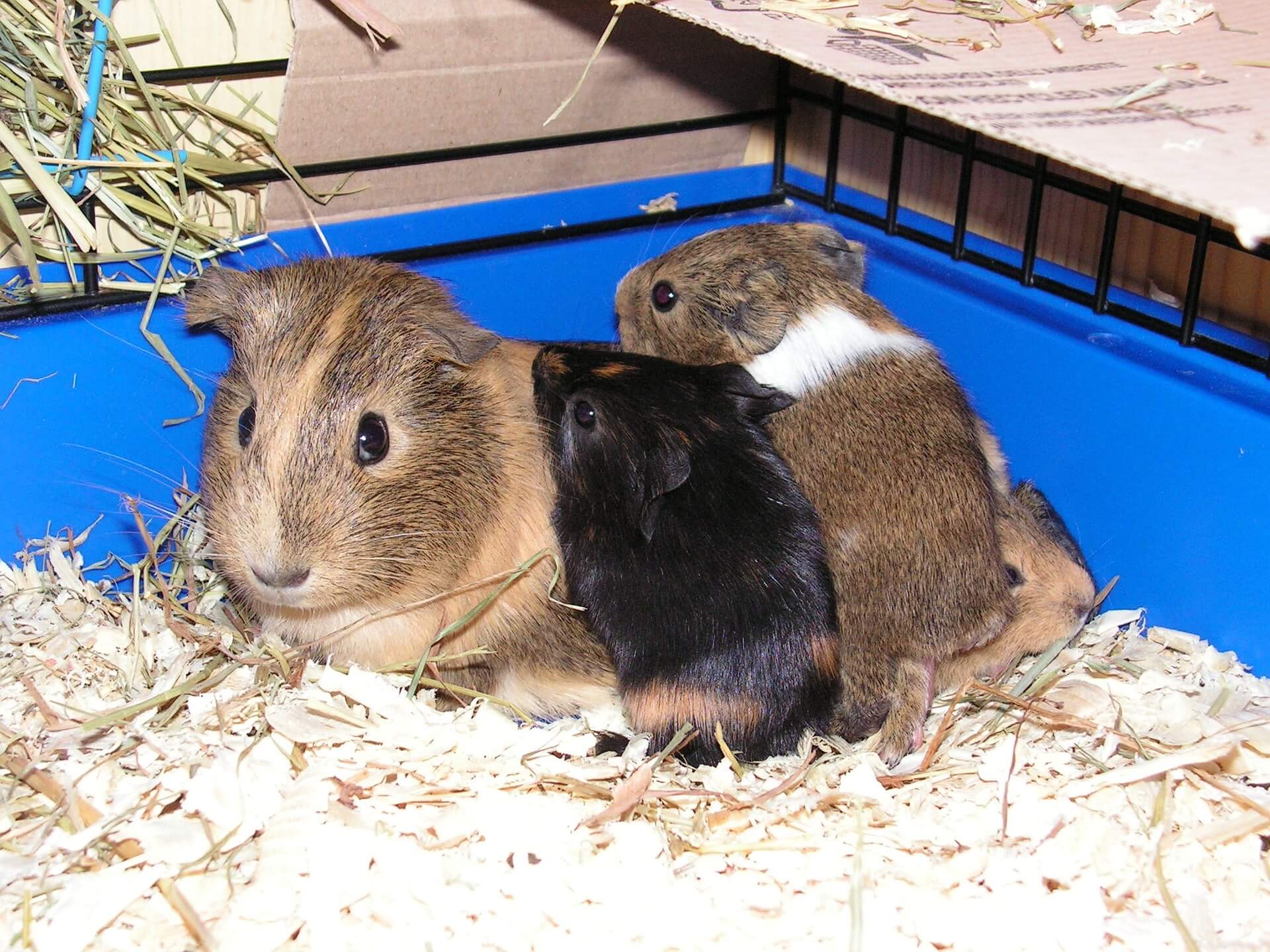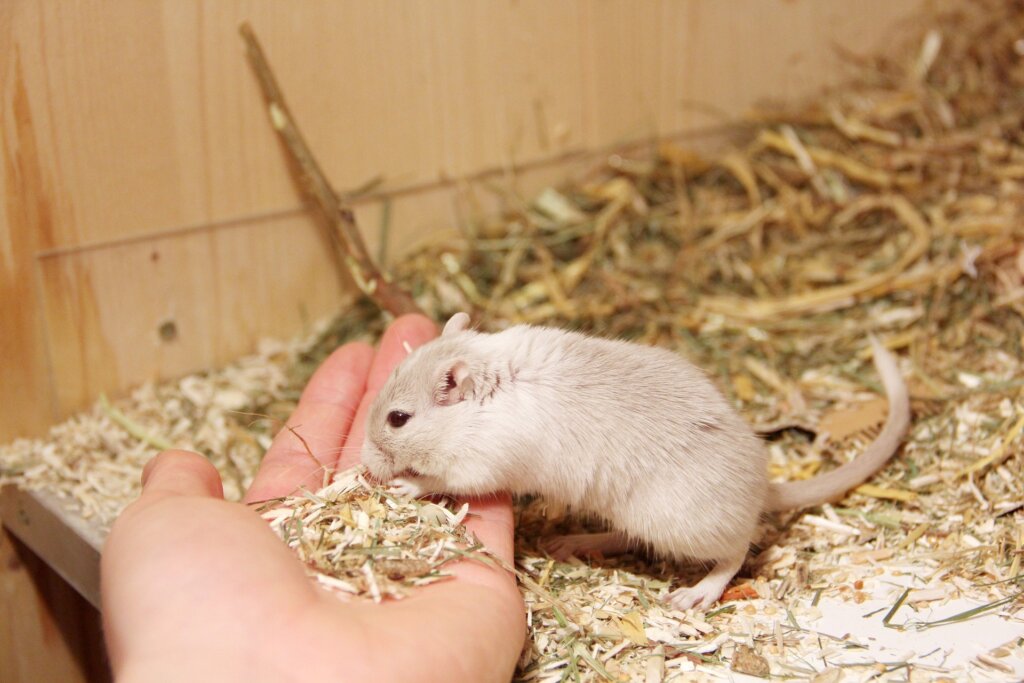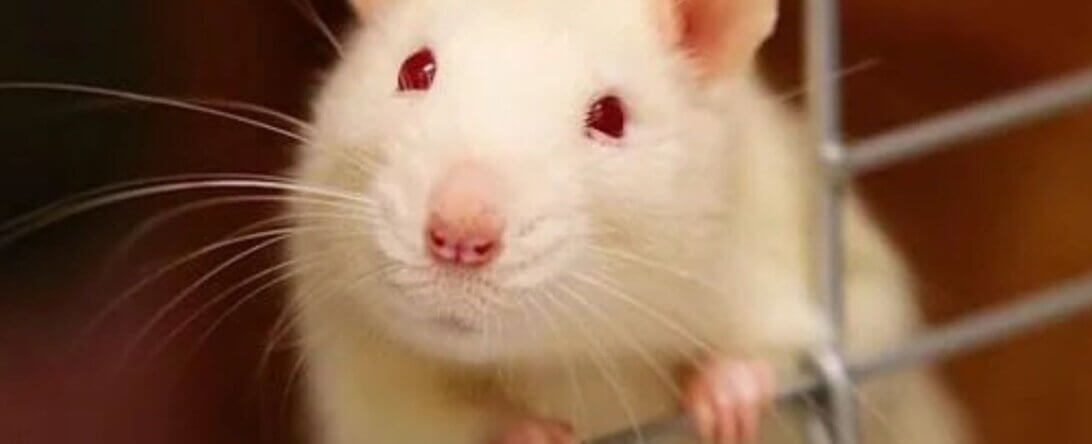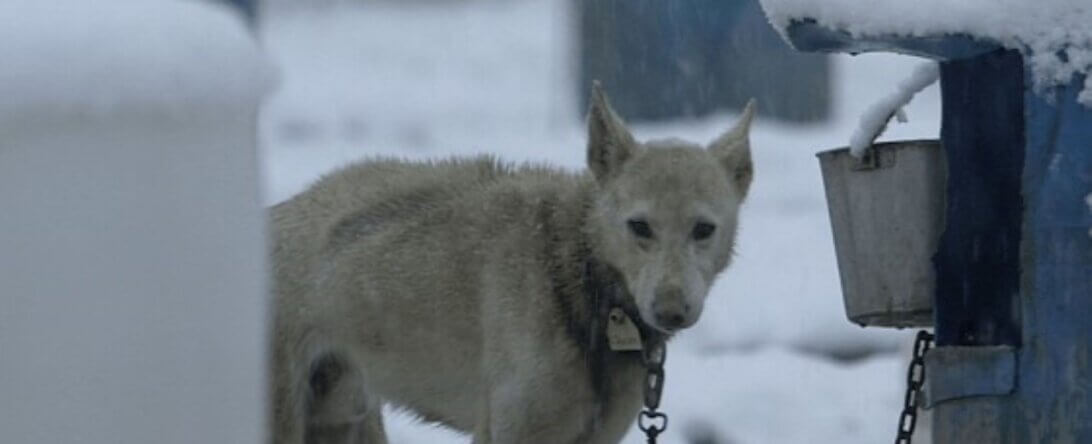10 Reasons Why It Sucks to Be a ‘Class Pet’
Going to school can be great … sometimes. But let’s be honest: There’s nothing like going home at the end of a long day.
Animals kept as “class pets” don’t get that luxury, though. Here are 10 reasons why it sucks to be one of them—and why a classroom should never have one.
1. “Class pets” usually never get to leave. Their lives are exactly the same every single day (which sounds horrible, if you ask me). When animals are confined to cages in classrooms, their needs are rarely met and their natural instincts are thwarted. For example, mice and other small mammals are nocturnal—they like to sleep all day and party all night—yet they’re kept in a noisy, brightly lit place during the day.
2. Living in a cage sucks for obvious reasons, and there are serious health concerns for “class pets.” They can die of heatstroke in classrooms during warm weekends or die of hypothermia when the heat is turned off after everyone else has gone home.
3. While you get to go to soccer practice, socialize, go home, eat dinner, watch TV, work on a school project, text your friends, etc., Pebbles the hamster sits alone inside a cage in a classroom with nothing to do—for, like, the 700th night in a row. This life of deprivation is lonely and frustrating.
One of your classmates may respond with something like “That’s not true! In my class, we all take turns bringing Pebbles home. She teaches us responsibility, and my family always takes really good care of her!” But the next reason explains why this isn’t relevant.
4. It’s not an animal’s job to teach young people responsibility. A “class pet” has no choice but to depend on humans for food, water, grooming, attention, affection, healthcare, mental stimulation, cleanliness, exercise—everything. I sure wouldn’t want a bunch of my peers to be responsible for keeping me alive, and vulnerable animals shouldn’t be forced to depend on young people for this, either.
5. The never-ending stress of being transported to unfamiliar locations with varying foods, faces, noises, temperatures, and other conditions can be traumatizing and distressing to animals—especially small, virtually defenseless prey animals.
6. You and your family might take great care of Pebbles. Maybe you feed her carrots, let her explore the house under supervision, and gently stroke her head while she falls asleep. But maybe people in Josh’s family put beer in her water dish as a “joke,” bang on her cage, handle her roughly, drop her, or forget to feed her. There’s no way of knowing and no way of protecting Pebbles from what might happen in the other kids’ homes.
7. If Pebbles manages to avoid death by heatstroke, infection, being torn apart by someone’s dog while in their home, etc., we also have to consider emergencies that may arise.
Most schools don’t have emergency evacuation plans in place for the animals in their classrooms in case of a fire, a flood, or another kind of disaster—meaning that Pebbles may be left behind to burn, drown, or otherwise endure an agonizing death.
8. Millions of kids suffer from allergies or asthma, which can be triggered or worsened by the presence of certain animals or their bedding. Salmonella and other bacteria can be spread by handling reptiles and amphibians and the enclosures they’re kept in, and small mammals (such as hamsters, rabbits, chinchillas, guinea pigs, gerbils, rats, and mice) can carry diseases that are transmissible to humans, too.
9. The following are just a few of the many incidents involving “class pets” that have been reported to PETA (and many tragic cases aren’t even reported).
- Arlington, Texas: A group of high school students strangled a ferret to death during class.
- Helena, Arkansas: A snake was taken out of his classroom enclosure and cooked to death in a school microwave.
- Lawrence, Kansas: A rabbit at the Hilltop Child Development Center died after his tail was apparently pulled off.
- Monterey, California: A goldfish being kept as a “pet” in a middle school classroom died after bleach was poured into his water.
10. If Pebbles was purchased from a pet store, she probably came from an awful breeding facility where she was kept in horrific conditions, deprived of proper veterinary care, and otherwise neglected and abused. Teachers may be supporting businesses like this when they buy a “class pet.”
*****
You and your classmates can learn responsibility and develop respect for animals in countless ways that don’t put a single individual at risk. Participating in community service projects or caring for plants or a school garden can teach responsibility and an appreciation for wildlife. Observing local flora or fauna, watching high-quality documentaries, or using computer programs are good ways to learn about life cycles and animal behavior.
What You Can Do
Speak up for animals at risk in your school. Work to change your school’s policy, if necessary. Explain to staff members just how cruel keeping animals in the classroom can be and how many risks are involved, and make sure they understand the harmful message that students like you are being sent. Follow up by sending a letter to your principal or school board members asking them to implement a policy banning “class pets.”
E-mail us at [email protected] if you need help!
Text peta2 to 30933 for ways to help animals, tips on compassionate living, and more!

Terms for automated texts/calls from peta2: http://peta.vg/txt. Text STOP to end, HELP for more info. Msg/data rates may apply. U.S. only.

